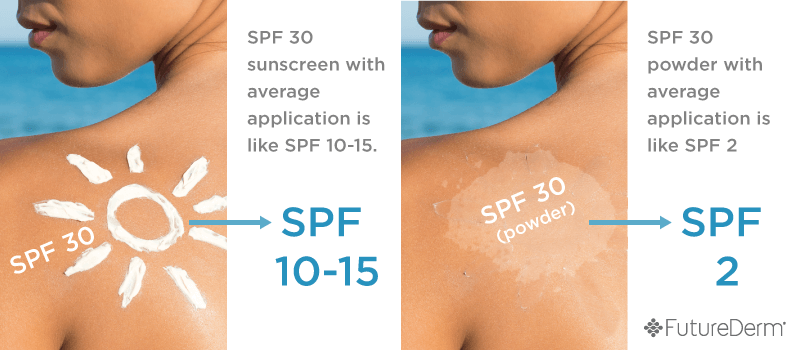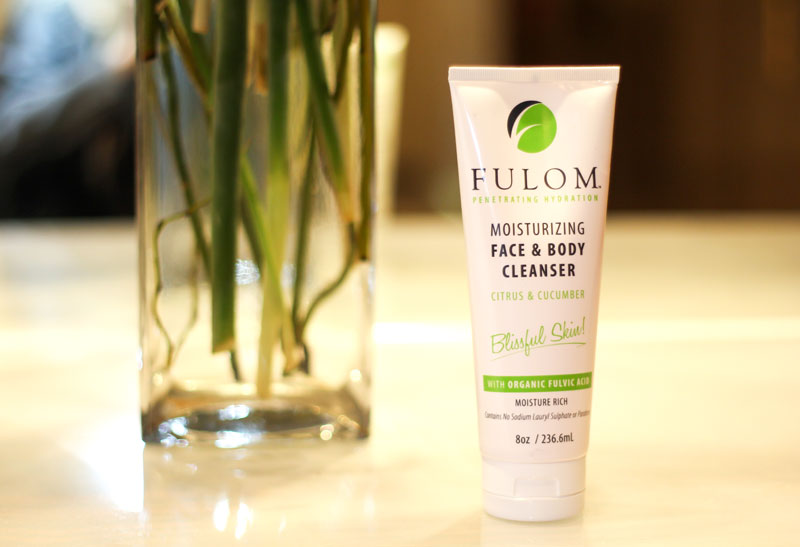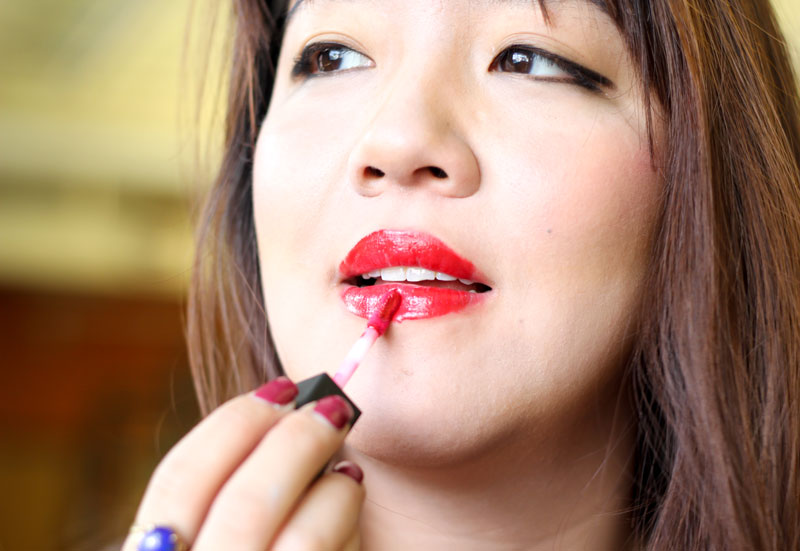Regardless of skin type, the transition from winter to spring is one of the hardest times for the skin.
In the winter, people often face dry furnace heat and icy temperatures with lower humidity. This can aggravate conditions like dry skin and eczema, increasing skin roughness and irritation (Acta Dermato-venereologica, 1996).
On the other hand, in the springtime, people experience new issues. As humidity increases, the skin’s natural oil production increases as well. The friction on the skin also increases two-fold (Tribology, 2010), suggesting thinner, lighter products should be used to glide more easily.
Fortunately, there are many products you can add into your regimen to make your skin’s transition from winter to spring easier:
1.) Check your meds.
Many common medications, like Benadryl, doxycycline, tetracycline, and levothyroxine can lead to photosensitivity (full list).
Always check with your doctor, but dermatologist Dr. Kraffert, M.D. recommends taking photosensitizing medications in the evening instead (Byrdie). Most photosensitizing effects peak after a few hours and taper off. This means the nighttime approach will leave you to be in the dark when your skin is most sensitive to the sun.
2.) Stop depending on the SPF in your powder or foundation.
You see, the average face is about 600cm2. This means the average woman needs to apply about 1.2g of facial powder to get the SPF stated on the product’s label.
However, most women only apply about 0.085g of powder at a time – fourteen times less than you need to get the SPF listed on the package!
It’s almost as bad with foundation.
The problem is not as significant with moisturizers, but still alarming. Most women are getting about 60-80% the sun protection listed on the bottle. This is because 1/4-1/3 a teaspoon of sunscreen is needed for the face (1.23-1.62 mL), but average foundation applications are approximately 1 mL. So we are getting about 60-80% of the sun protection listed on the bottle.
3.) Move your AHAs and retinoids to nighttime use only.
Some people will tell you that technologies like “time-release” microencapsulation make retinoids non-photosensitizing. I would say that these technologies make skin less photosensitive, but anyone who tells you that any retinoid is non-photosensitizing is lying.
It is well-established in the dermatological community that retinoids increase your sensitivity to the sun, with everyone from Dr. Perricone to the good folks at LIVESTRONG and MedScape agreeing retinol increases photosensitivity. This is because retinoids slough off the top layer of skin, increasing its reflective surface area. If this doesn’t make sense to you at first, think of how tanning oil works – more reflection! (Science Update, 2010).
So be sure that you move the use of retinoids or AHAs to the evening.
4.) Use a lightweight product with antioxidant protection, like Fulom Hydrating Lotion.
Fulom Hydrating Lotion ($30.75, FulomSkin.com) is a fantastic lightweight lotion for the Spring months. It contains potent antioxidant fulvic acid, as well as a lightweight texture, which makes it perfect under sunscreen in the AM, and applied either alone or over a retinol or AHA serum at night.
Fulvic acid is an extremely cogent antioxidant, so much that many scientists suspect that it may have significant effects against fine lines, wrinkles, and skin sagging. Fulvic acid penetrates the skin better than many other antioxidants (Drug Development Delivery, 2002), which means fulvic acid may have higher antioxidant potency for longer intervals of time.
In some dermatological circles, fulvic acid is known for being a treatment for eczema, as a mild anti-inflammatory agent (Drug Development Research, 2001;Journal of Antimicrobial Chemotherapy, 2000). It is also known by some dermatologists for being helpful with contact dermatitis (Journal of Antimicrobial Chemotherapy, 2000), psoriasis (Karr), and eczema (Clinical, Cosmetic, and Investigative Dermatology, 2011).
Regardless of whether your skin is irritated or not, Fulom Hydrating Lotion is an excellent springtime addition to any regimen!
5.) Use a lipgloss with SPF.
According to Dr. Christine Brown, M.D. a dermatologist at Baylor University Medical Center in Dallas, “Lip glosses can make more of UV rays penetrate directly through the skin instead of getting reflected off of the skin’s surface.”
What does this mean long-term? Accelerated aging.
“Repeated UV exposure leads to the degeneration of collagen and elastin — which leads to a loss of lip fullness and increased lines — and an increased risk of skin cancer,” according to Dr. Leslie Baumann, Chief of the Department of Cosmetic Dermatology at the University of Miami and author of The Skin Type Solution.
In other words, for better lips tomorrow, stick to a lipstick or gloss with SPF today. My favorites include Clinique Moisture Surge Lipstick SPF 15 and Neutrogena Moisture Surge Lipgloss with SPF 20 ($12.00 for two, Amazon.com).
Bottom Line
To transition from the winter to the spring months with your skin care:
- Check with your doctor and see if you can use your photosensitizing medications at night.
- If you’ve only been using powder or foundation as your sole source of sun protection, stop, and upgrade to a full-fledged UVA/UVB sunscreen with an SPF of at least 30 immediately.
- Use retinoids and AHAs only at night.
- Use a lightweight moisturizer with antioxidant protection. I love Fulom Hydrating Lotion.
- Switch to a lip gloss with SPF.
Do you have any questions? Let me know in Comments!






